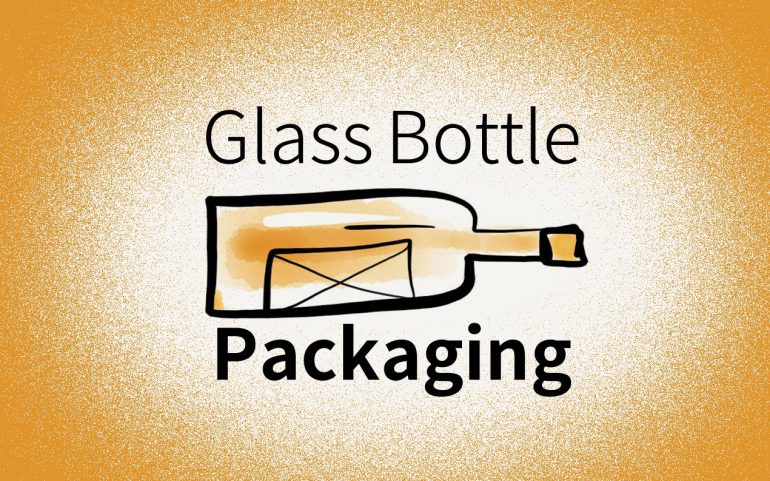Glass bottle packaging is a popular and versatile method of storing and presenting various products. It has been used for centuries and remains a preferred choice due to its unique properties and benefits. Glass bottles offer an excellent combination of functionality, aesthetics, and sustainability, making them suitable for a wide range of industries and applications. To learn more, follow us.
Glass Bottle in Packaging Design
Glass packaging has a silica glass container with a glass, metal, cork, or plastic closure. Food type determines closure. For example, a gasket-type seal with a rubbery, heat-resistant rim will seal goods that need sterilization after filling. PVC, rubber, or other materials make such gaskets.
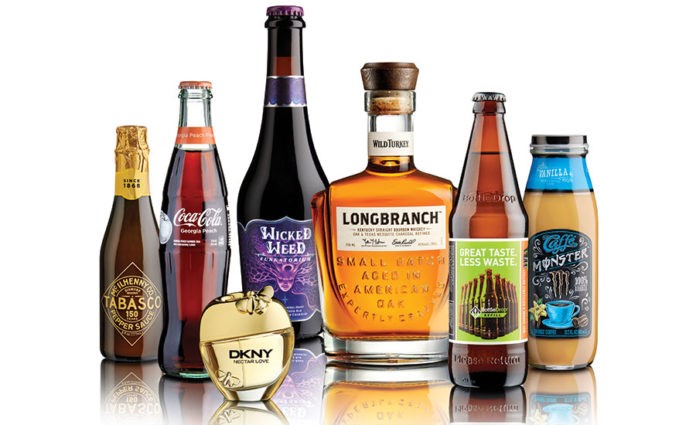
History
Bottles and jars made of glass are in a variety of homes around the globe. Mesopotamia was the earliest known location for the production of glass bottles, approximately 1500 B.C., and the Roman Empire followed suit around 1 AD.
In the early 1600s, immigrants in Jamestown, Virginia, constructed the first glass-melting furnace, which marked the beginning of the glass bottle and glass jar industries in the United States. The blowing of glass bottles became an industrialized operation with the advent of automated glass bottle-blowing equipment in 1903.
Related Article: Food Packaging; Everything About Food Packaging Industry
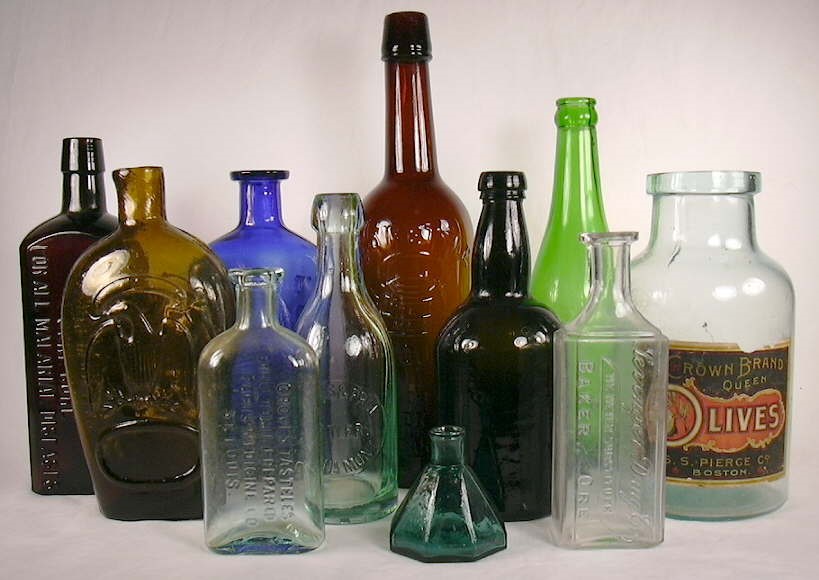
Manufacture
Ancients bottled. Clay moulds were melted into glass. After cooling, the clay it scraped away, revealing a hollow glass cup. Low-intensity burning produced translucent glass. About 1 B.C. This allowed molten glass collected on one blowpipe end and blasted into the other to make a hollow vessel.
Ashley devised the semi-automatic Press and Blow in 1886. In 1904, Michael Owens patented the automated bottle machine. Chilled bottles may have internal tension problems. An annealing furnace, or “lehr,” cools glass bottles to relax and strengthen them. Water hammers may break entire bottles.
Benefits of glass packaging
Glass is a genuine champion of circularity since it is a sustainable material, an inventive material, a healthy material, a reused material, and an indefinitely recyclable material. This makes glass appealing to policymakers, marketers, and customers alike.
Sustainability
Glass is a genuine champion of circularity since it is a sustainable material, an inventive material, a healthy material, a reused material, and an indefinitely recyclable material. This makes glass appealing to policymakers, marketers, and customers alike.
Natural
Glass composed of elements that you can find in plentiful supply in the natural world. A marvelous substance cherished by people all over the globe. The product of a special alchemy in which sand, soda ash, limestone, and recycled glass combined. This process continues to work its magic. To finish it off, you won’t need any further layers of material or chemicals.
Tasteless
Taste is a fundamental sense and is one of the primary motivating factors for consumers to acquire food and drink goods. It composed of natural elements, glass is the material that best maintains flavor and quality over time.
Inert
Glass is the most stable material for containers since it is practically inert and impermeable. This makes glass the best option. When food or drinks wrapped in glass, there is no possibility of harmful substances leaking into them. Because a glass container or jar composed solely of glass, there is also no need for additional barriers or additives.
Healthy
Packaging protects food and other things from contamination. From manufacture to retail, it goes via transportation, material handling, and storage. If products aren’t properly stored and checked, product safety might be compromised, putting people’s health at risk. Packing protects objects against extreme temperatures, airborne pollution, direct sunlight, and physical injury.
Related Article: Packaging Materials; Essential Information About Material In Packaging Industry
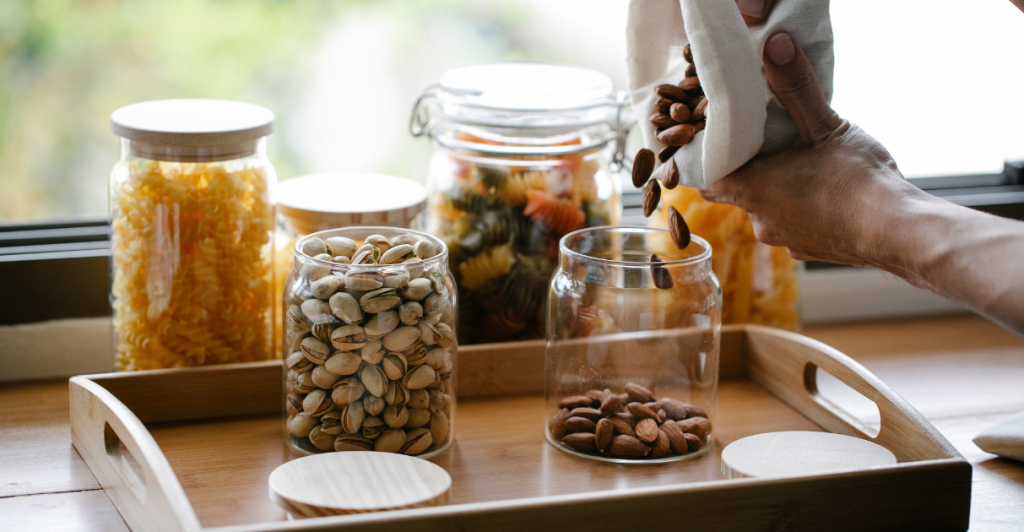
Mouldable
Natural, odourless, tasteless, non-toxic, sustainable, healthful, and formable. Glass food containers are our pride. We favour glass food and beverage packaging. Glass keeps food and beverages fresh since it’s natural and pure. It preserves the original flavour and may be recycled without quality degradation.
The highest standard
Glass is the packaging material that tried and tested to be the best for health, flavor, and the environment. It is also the only food packaging that is commonly used that has been given the classification of “GRAS” by the FDA, which stands for “generally recognized as safe” and is the highest level.
Related Article: Packaging Types; Everything You Want To Know
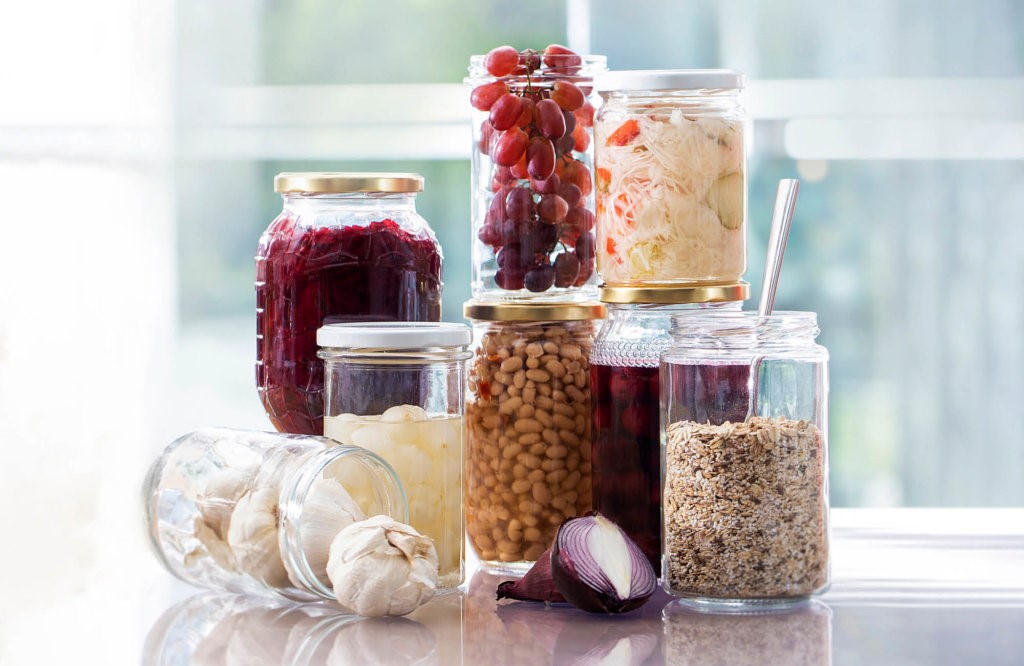
Glass for our help
Glass is the most stable of all the materials. It may be use for packing since it is almost inert and impermeable. When food or beverages are packaged in glass, there is no possibility that they may get contaminated with hazardous substances. There is no need for any extra barriers or chemicals.
Pure taste
Glass is a substance that has neither a smell nor a flavor of its own. When it used for packaging our beloved foods and beverages, and it is all of the perishability preserved but also the potency, fragrance, and taste, as well as the vitamin and mineral content.
Security
Security glass is a fortified glass or glass alternative which protects a property’s most vulnerable entryways and customer contact points. The panes can be strengthened to resist handheld weapons, projectiles, bullets and even explosions.
In addition to its defensive qualities, security glass designed to break into non-lethal granules which won’t lacerate the skin. Some security glass even remain trapped within its frame after it’s been broken.
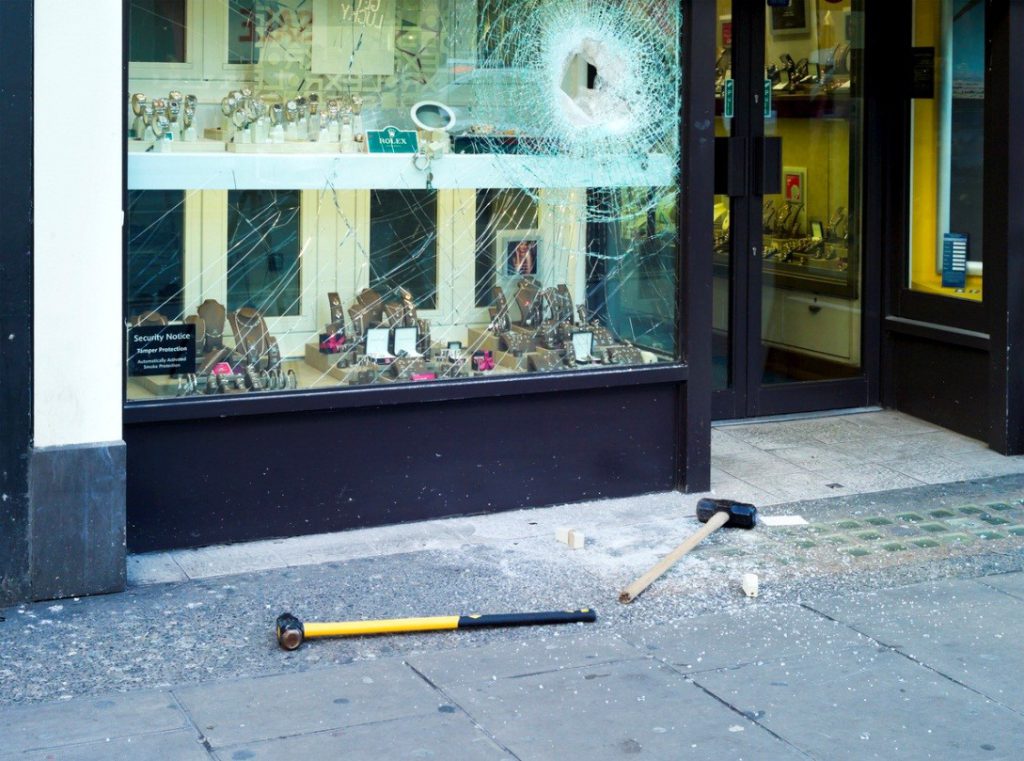
Multiple application fields
Future-looking glass. It’s in numerous everyday items. Glass provides modern living! Glass packaging includes food jars, beverage bottles, and pharmaceutical or cosmetic flacons. Glasses, plates, cups, and bowls Building (windows, façade, conservatory, insulation, and structural strengthening) Mirrors, balustrades, tables, shelves, and lighting are home electronics.
TVs, laptops, phones, oven doors, and cooktops are home electronics. Vehicles (windscreens, backlights, and other lightweight, structurally strengthened parts) Biotechnology and optical glass-gamma-ray shielding Fibre-optic phone, TV, and computer cables Windmills and solar glass Glass allows this.
Design perfectly shaped and beautiful
Because of this, a product’s unique packaging may increase brand recognition and influence consumers’ purchases. Glass packaging gives products a distinct look and feel. This makes things stand out on shop shelves while being eco-friendly.
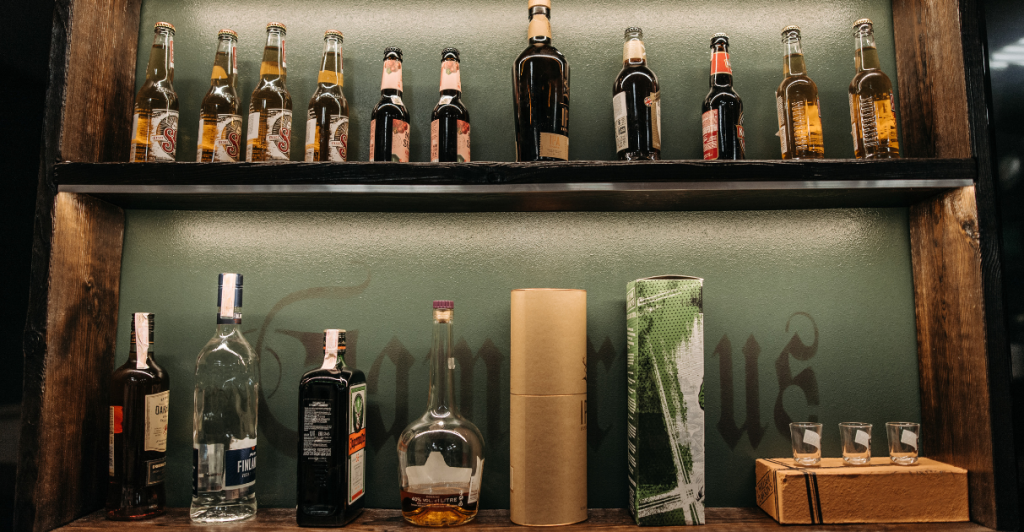
Glass remains glass
Glass is an item that is so ingrained in people’s everyday lives that they are often unaware of how ubiquitous the substance truly is. It has been around since the dawn of time and will continue to do so far into the future.
Everybody loves glass
Despite our environmental, public health, and economic woes, we will use more glass packaging in the future. Glass packaging is almost 5,000 years old and reliable. Glass also advances civilization, protects the environment, and improves lives.
Odorless
Glass bottle packaging’s odour neutrality is a major benefit. It doesn’t absorb odours like other packing materials. They are ideal for scent-preserving goods. Glass’ non-reactivity prevents undesirable aromas and flavours from entering packed goods. Glass bottles protect contents from outside odours. This is particularly important for fragrances, essential oils, medications, and food, which must retain their aroma and flavour.
Glass container also preserves aromatic product fragrances. Glass’s non-permeability keeps volatile smell molecules from escaping, prolonging shelf life. It does not affect the odour of the packed contents, but incorrect cleaning, storage, or prior product residue may.
Glass bottle packaging’s integrity and odour neutrality depend on good cleaning and handling during production, filling, and sealing. Glass bottle packaging used for conserving and retaining the scent and freshness of many items due to its odour neutrality.
Heat resistance
Glass that can withstand increased temperatures better than regular glass is referred to as heat-resistant glass. As a result, it is appropriate for use in settings where variations in temperature would normally cause regular glass to splinter, such as industrial settings, building sites, and kitchens. Borosilicate glass, soda-lime glass that has been subjected to tempering, and glass ceramic are the most common types of heat-resistant glass.
Transparent
Literally speaking, customers prefer product packaging that has windows made of transparent material so that they can view the contents of the box they are purchasing. They like being able to see what’s inside without having to actually open the box. Transparency, on the other hand, is more difficult to define when used in a figurative sense.
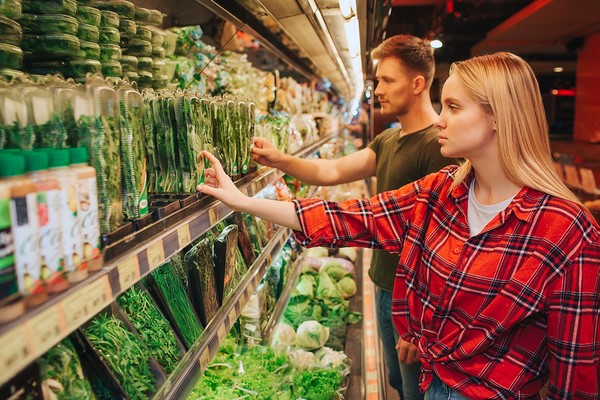
Glass for food packaging
Glass carries many things. Instant coffee, dry mixes, spices, processed baby meals, dairy, sugar preserves (jams and marmalades), spreads, syrups, processed fruit, vegetables, fish, meat, mustards, and sauces Glass bottles hold beer, wine, spirits, liqueurs, soft drinks, and mineral waters. Food and beverages include dry powders and granules, liquids, some carbonated and packed under pressure, and sterilized products.
How is glass made and what is used for?
Glass is made from natural, ecologically benign materials, including sand, soda ash, limestone, and cullet, or recycled glass. These materials are melted in furnaces to make new glass containers that may be reused and recycled endlessly. Glass can be recycled forever without losing its basic characteristics. Since glass is inert, it can always offer a safe, healthy packing environment for food.
What type of glass can be recycled?
Glass is completely recyclable and it can recycle an infinite number of times without degrading in either quality or purity. Recycling glass is a closed-loop process that does not result in the production of any extra trash or by-products. It is one of the very few instances of a material that can be recycled over and over again without suffering any degradation in quality.
The right way to dispose of glass packaging
Consumers may properly dispose of glass packaging. Recycle glass. Cleaning glass packaging requires recycling. Find drop-off places if your municipality doesn’t recycle curbside. Never combine coloured glasses. Sort shattered glass. Never recycle shattered glass!
Never recycle broken glass. It may injure workers and equipment. Wrap it with cardboard or paper before discarding. Avoid paper and metal with glass. Separate glass. Thus, throw away glass tops and closures in a separate garbage container.
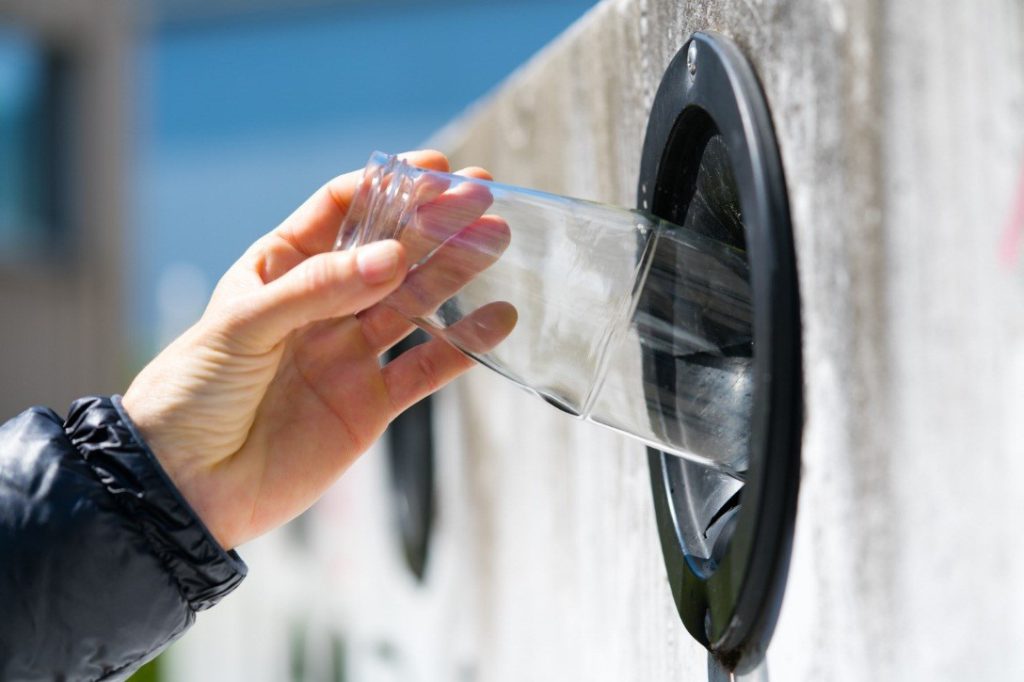
Kinds of glass packaging
As plastic packaging decreases, producers choose glass bottles. Glass recycles forever. New glass bottles are 80% recycled. 80 companies in 35 states recycle glass. Glass is nonporous and impermeable, so it does not leak chemicals or impair food or beverage flavour. Alkaline solution bottles made of many kinds of glass.
Customized bottle (for example for perfume)
Glass perfume bottles were first used by the ancient Egyptians circa 1000 B.C. Perfumers strive to keep the scent from degrading due to exposure to or chemical interaction with the product’s packaging. Glass is regarded as more upmarket and visually pleasant than other packaging alternatives since people put a lot of weight on how perfume bottles look and feel while buying.
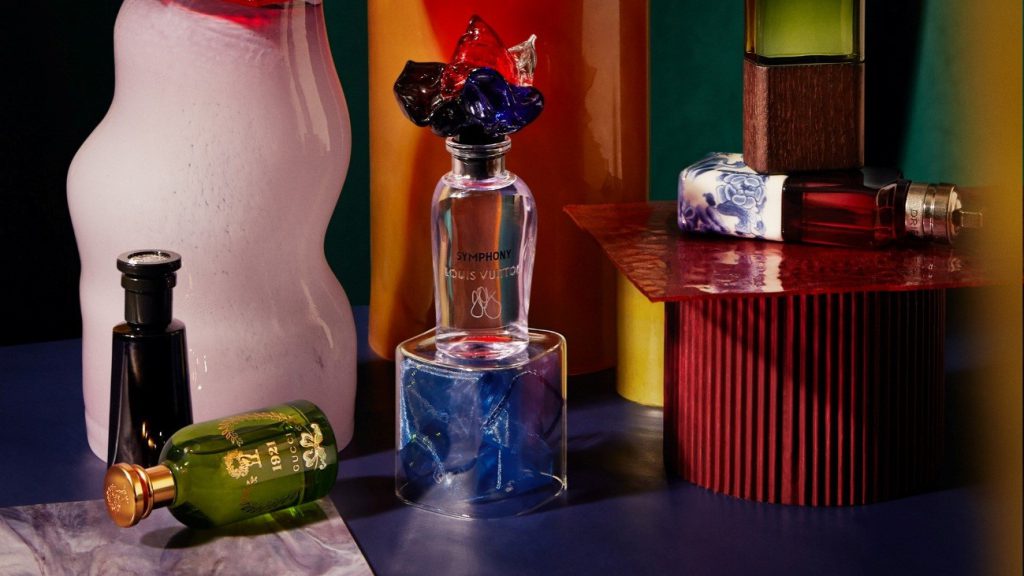
Glass bottle
Most glass bottles are made of soda lime, treated soda lime, or borosilicate. Glass has three main types. Crystal and leaded-glass bottles are very lovely. Lead-free crystal comprises zinc oxide, barium oxide, or potassium oxide, whereas lead glass contains 24% lead oxide. 24% lead oxide makes lead glass.
Glass jars
Hard jars are cylindrical or slightly conical. Glass, ceramic, or plastic jars feature a broad mouth that may be sealed with a lid, screw cap, lug cap, cork stopper, roll-on cap, crimp-on cap, press-on cap, plastic shrink, heat-sealed lidding film, inner seal, tamper-evident band, or other technique. The term “jar” comes from the Arabic word “jarra,” which means earthen pot or vessel. English “jar”
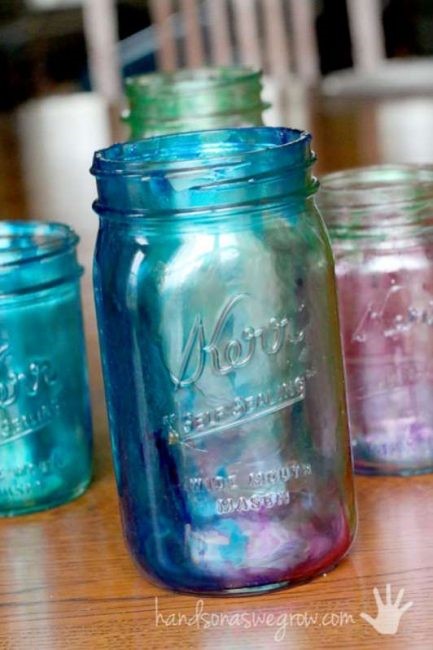
Glass carboys & jugs
Beer, wine, mead, and cider makers use carboys. These jugs resemble water cooler bottles. They come in 3–6-gallon sizes. A glass carboy prevents oxygen from affecting the liquor within. After fermentation, beer, wine, and cider will smell and taste like oxygen. Most brewers and customers think they are useless. Carboys may survive for a long time when properly maintained. Glass carboys in home breweries need certain considerations.
Glass vials
Vials—small glass or plastic bottles—store liquids, powders, and capsules. Flacons, or phials, are vials. Analytical chromatography employs auto samplers. Ancient glass vials were replaced with polypropylene. Most pharmaceutical vials are single-dose or multiple-dose. Multi-dose vials are reusable. Multi-dose vials are CDC-regulated.
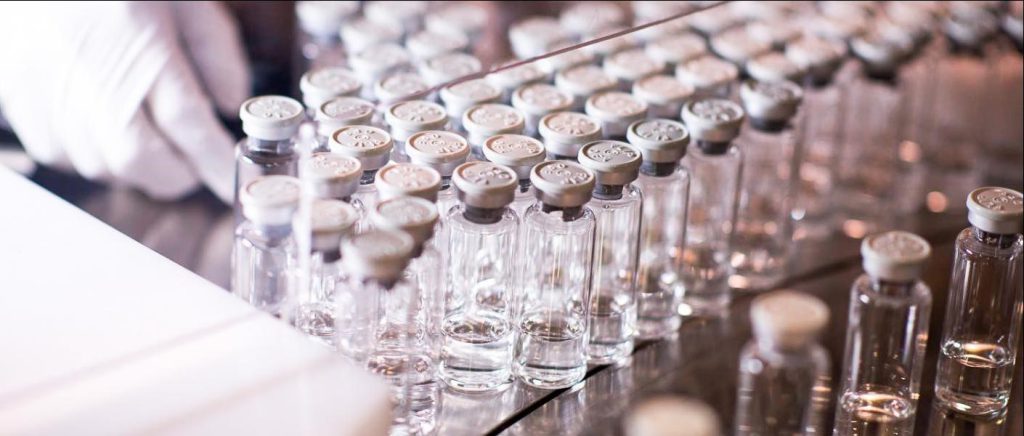
Corked glass bottle & jars
Wine stoppers preserve wine’s qualities and maturity. Stoppers reduce oxygen. Oxygen impacts scent and taste. Wine stoppers prevent mildew. Sealing the cork reduces airflow. Oxygen-restricted corks make larger, richer wines. Air softens wine tannins. Grape tannins and dry wine TCA (trichloroanisole) contaminate natural corks. Mouldy wine is now odorous and tasty.
Decorative bottle & jars
Jars made of glass are an easy but lovely way to add both aesthetic appeal and functional versatility to your home and beyond. They are an inexpensive method to construct something one-of-a-kind and exquisite, to expand the amount of storage space in your home, or to give flare to a special occasion. They are also versatile, which means that you can use them in any room of your home!
Wine bottle
Clear ones are often used for white wines, while coloured versions are typically used for red wines. There is no question that this bottle will continue to serve as the gold standard for wine.
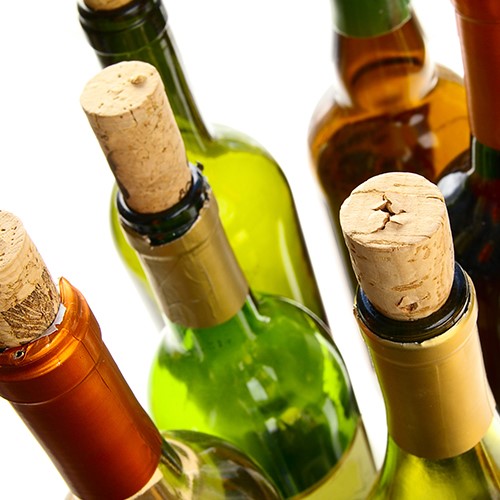
Boston round or Winchester bottles
Chemicals, food, and cosmetics use this sturdy container. They look “apothecary” and old-world. The bottle’s glass might be clear, blue, amber, or frosted. Boston Rounds may be used in enclosures other than screw caps because of their narrow neck and mouth. Pump sprays and eyedroppers
Long necked or woozy bottle
These bottles are available in a number of different sizes, but the intrepid hot sauce or cocktail bitters bottle is the wobbly bottle that I see most often. However, cooking wines and other vinaigrette dressings are also often used.
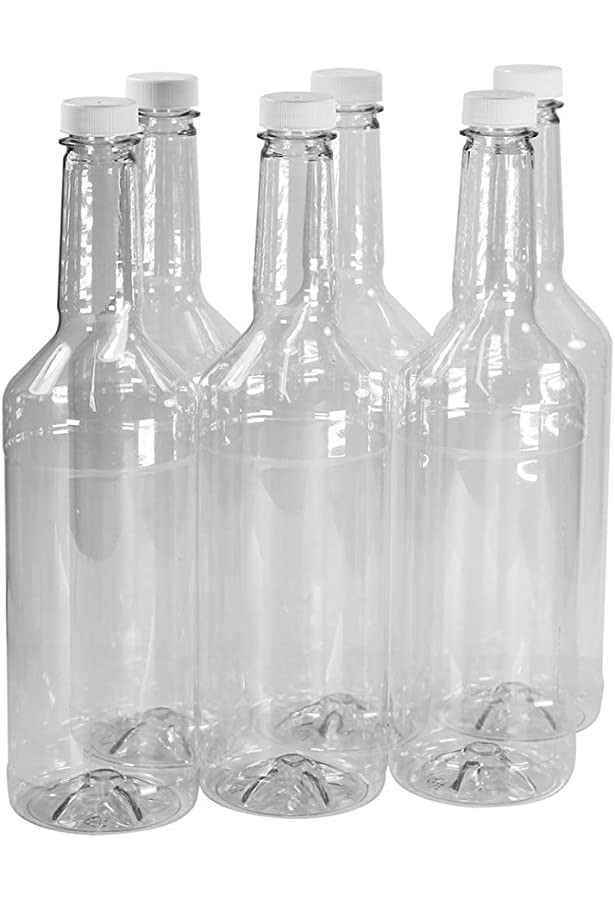
Spice bottle
Peruse this extensive collection of tins, plastic bottles, and glass bottles that may be used for the packaging of a broad range of spices and herbs. For your packaging requirements, these spice jars are offered in a wide variety of forms, sizes, and materials to choose from.
Liquor bottle
The ones that are colourless are often used for white wines, while the ones with colour are typically used for red wines. There is not the slightest bit of doubt in anyone’s mind that this bottle will continue to serve as the benchmark for wine.
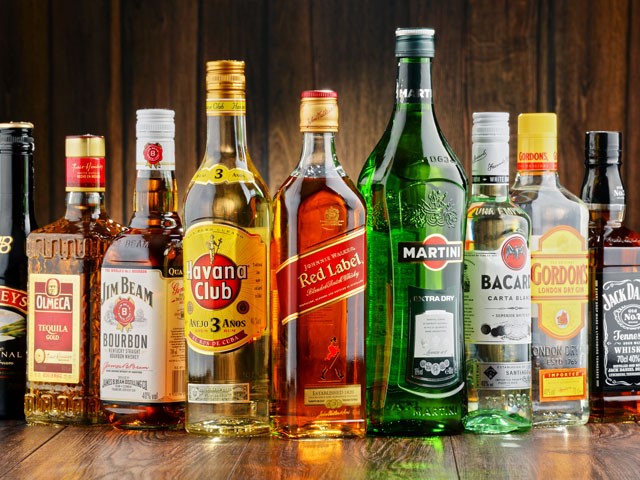
Olive bottles
Olive oil is often contained inside these tall and narrow bottles. In contrast, the bodies of the Marasca bottles are square, while those of the Dorica bottles are round.
Syrup bottles
used often in the production of cough syrup and several other liquid medications. Amber glass has the ability to filter ultraviolet light, which may protect items that are sensitive to light. Glass is the most reliable material for packing since it is almost completely inert and impermeable.
Shaped bottles
Medicines (both prescription and over-the-counter) and goods for your health and wellness, such as natural remedies and dietary supplements, are often packaged in these distinctively shaped bottles made of glass.
Dropper bottles
Dropper bottles feature lids with built-in dropper mechanisms. They distribute liquid pharmaceuticals, flavour drops, perfumes, and essential oils. Their design accurately doses drops. The bottle’s lid has a squeezable pipette or dropper insert. The dropper mechanism may take liquid from the container and distribute it in single drops.
Tablet bottles
These glass bottles are available in a variety of forms, sizes, colours, and finishes for the neck. All of these glass containers have passed the USP Type III test, proving that they are chemically nonreactive and inert, as well as devoid of any and all harmful substances.
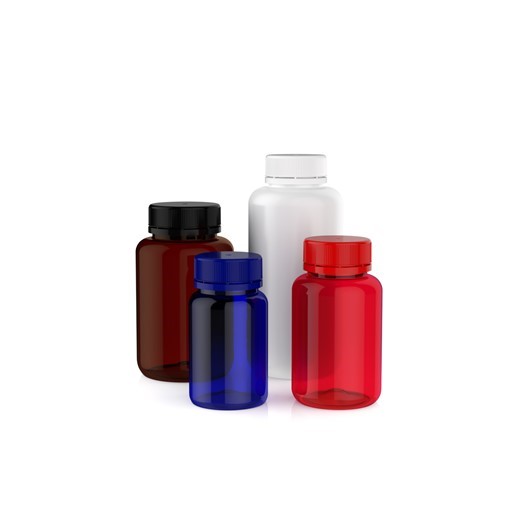
Wide mouth jars
The jar’s mouth size may affect storage methods, although its shape may aid. Regular mouthwashes work well with pourable meals, including jams, jellies, salsas, sauces, pie fillings, and veggies. With whole fruits and veggies, the broad mouth makes it easy to fill.
Cream pots
Glass cream pots are tiny receptacles for cosmetics or creams. These pots hold face moisturisers, eye creams, body lotions, lip balms, and other cosmetic goods. Glass cream pots have broad openings and are spherical or cylindrical. To keep the cream fresh, contaminant-free, and dry, they include lids or caps. Glass pots are used to package creams owing of their unique qualities. Glass protects the cream from light, air, and moisture.
It does not react with the cream, keeping it sterile. Glass cream pot packaging is attractive. It lets customers view the cream’s texture and colour, which may be very essential for premium creams. Glass packaging elevates the product’s value. Eco-friendly and sustainable glass cream pots are also popular. Brands reduce waste and promote sustainability by using glass packaging.
Glass is more expensive and eco-friendly than plastic. Cream pots with glass packaging combine usefulness, aesthetics, and sustainability. Consumers and beauty and skincare businesses appreciate them because they provide protection, beauty, and luxury.
Injection bottles
Injection vials and glass bottles designed for infusion are often repurposed for use as RX containers for medications such as parenteral or non-parenteral solutions as well as antibiotics. It should come as no surprise that the bottles are also a valuable resource in the field of veterinary care.
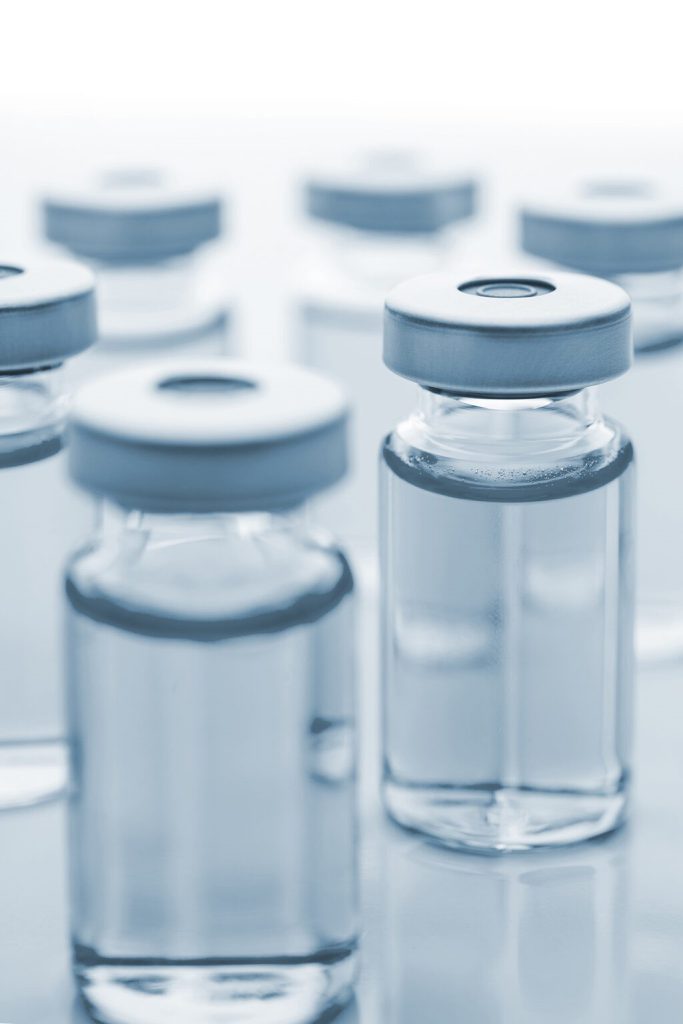
Infusion bottles
Injection vials and glass bottles designed for infusion are often repurposed for use as RX containers for medications such as parenteral or non-parenteral solutions as well as antibiotics. It should come as no surprise that the bottles are also a valuable resource in the field of veterinary care.
Transfusion bottles
The National Blood Transfusion Service received this bottle as part of their supply. In 1946, the organization was established with the purpose of coordinating the nation’s blood collection efforts and blood storage needs. Beginning in 1975, plastic bags intended for single-use began to replace glass bottles. This enabled a far more widespread and easy distribution of the blood.
Chemical & technical bottles
These bottles are typically used in research and laboratory settings to contain, store and handle bulk or sample amounts of chemicals.
Wide neck jars
Broad-neck jars made of iron glass include, as their name implies, a broad aperture at the neck of the container. They are perfect for storing high-quality items, making them excellent for use in the food and natural medicine sectors. Supplements, spices, extracts, honey, super foods, powders, teas, coffee, and a plethora of other foods and beverages are included in this category.
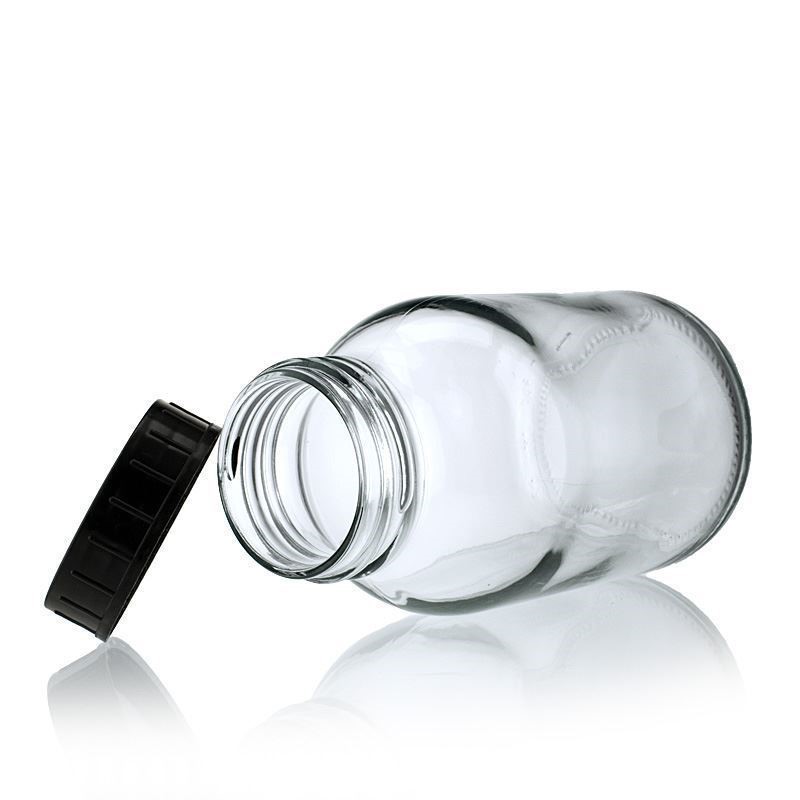
Child resistant jars
The Eris series of child-resistant glass contains a particular lid that is difficult to open for children. This lowers the likelihood that children may consume potentially harmful substances. Products such as pills, vitamins, and any kind of hemp product might benefit from being packaged in this sort of glass container.
Apothecary jars
The jar’s mouth size may affect storage methods, although its shape may aid. Regular mouthwashes work well with pourable meals, including jams, jellies, salsas, sauces, pie fillings, and veggies. With whole fruits and veggies, the broad mouth makes it easy to fill.
Colored bottle
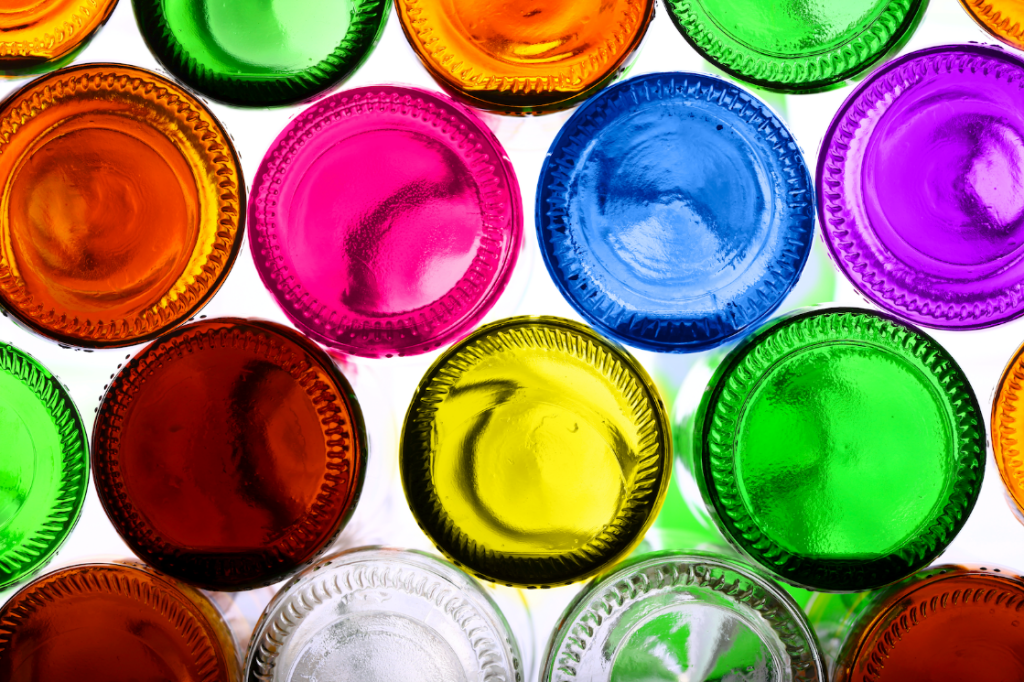
Frosted clear glass
What is it that makes glass look frosted? Frosted glass is a type of opaque glass that, despite allowing some light into the space it’s installed in, prevents the vast majority of light from the outside from entering the room. This not only helps to reduce the amount of light and heat, but it also has the potential to significantly improve your level of privacy.
Amber glass
Let’s start with amber glass, a common tint for glass containers. Amber glass requires adding Sulphur, iron, and carbon to the basic glass formula. Light-sensitive substances benefit from this glass colour. Amber absorbs UV wavelengths, protecting your items from light harm. Beer comes in amber or brown glass bottles. Beer is light-sensitive, so amber glass is ideal for preserving it.
Clear glass
Transparent flint glass follows. Making translucent glass was difficult without pure components. George Ravenscroft made transparent glass from pure quartz rock calcined flint in 1662. Clear glass remains flint. Transparent glass containers hold most soft drinks, tonics, milk, food jars, and white wines. Transparent wine should be drunk immediately.
Cobalt blue glass
Cobalt glass, often known as “smalt” when powdered as a pigment, is a glass with a dark blue hue that is produced by adding a cobalt compound, most commonly cobalt oxide or cobalt carbonate, to a glass melt. Because cobalt is such a powerful colouring agent, just a very small quantity is needed to produce a hue that is easily distinguishable.
Green glass
Green glass is usually made by mixing several ingredients. First, iron adds yellow colour. To make the mixture blue, chromium is added. Combining them produces green glass. Red wine is often bottled in green glass to block UV rays and prevent oxidation.
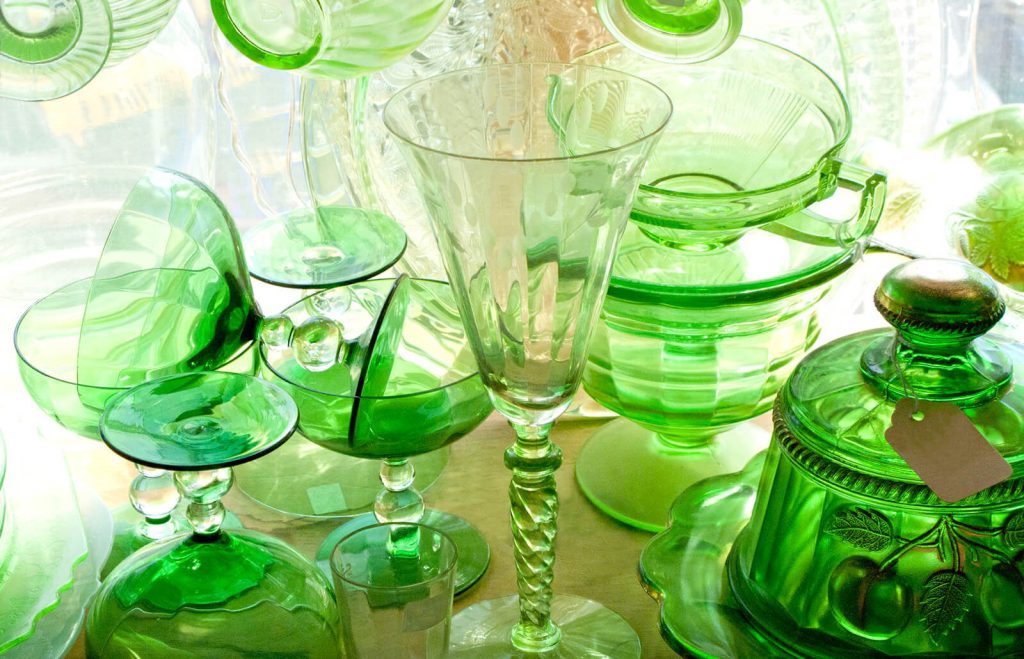
Conclusion
In conclusion, glass bottle packaging offers numerous advantages such as durability, transparency, chemical inertness, recyclability, and branding opportunities. Its timeless appeal and eco-friendly nature make it a popular choice for packaging various products across industries, ensuring product integrity and consumer satisfaction.

